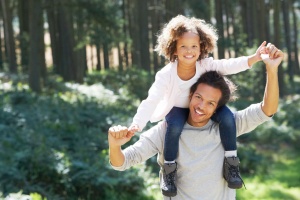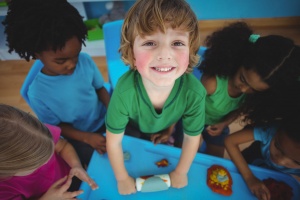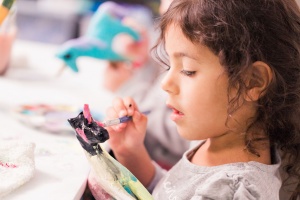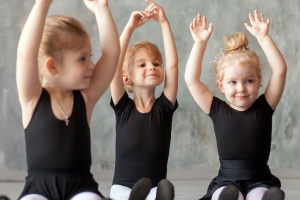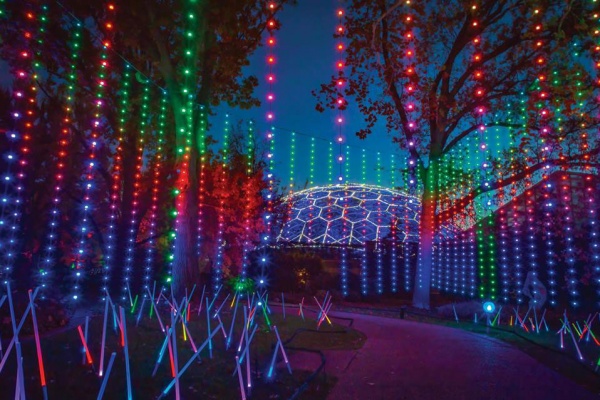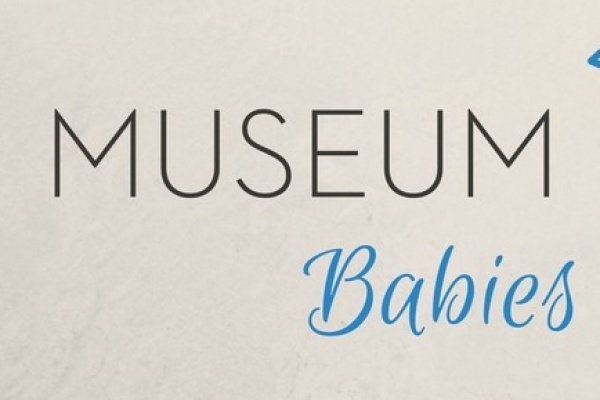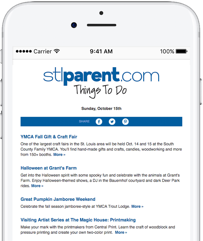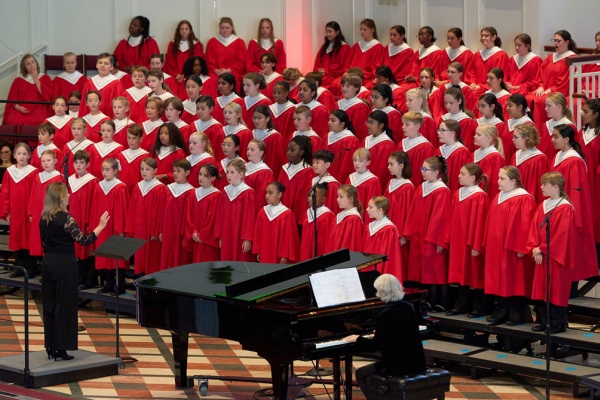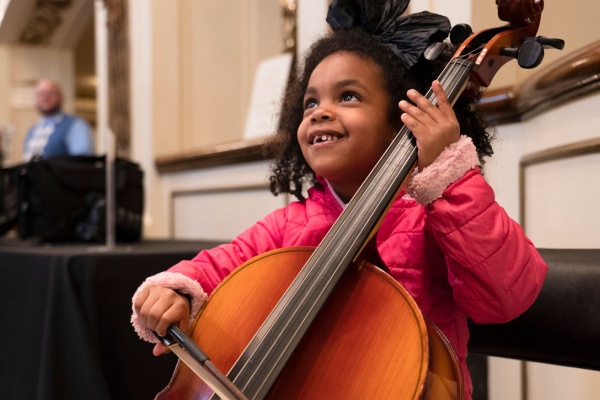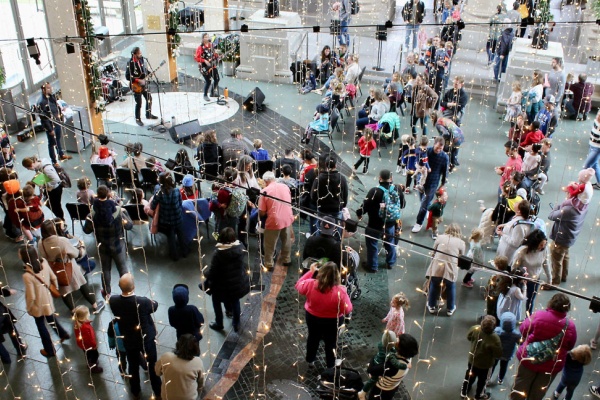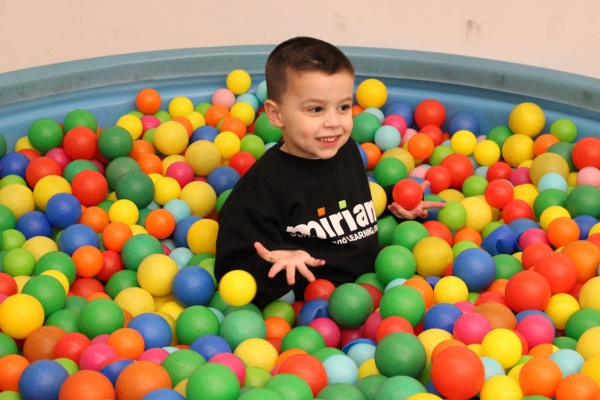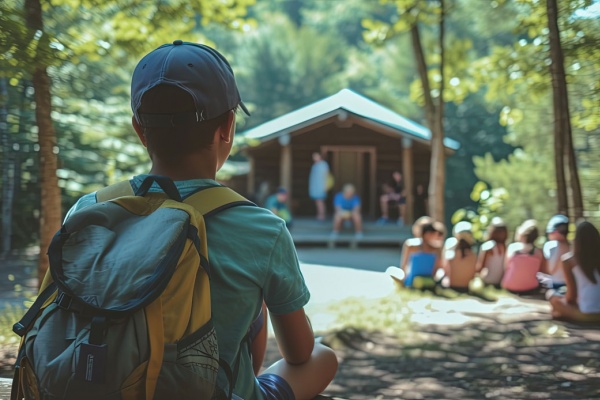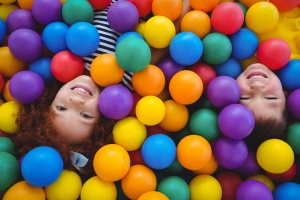

Only One in Three Teen Girls Are Getting the Vaccine to Prevent Cervical Cancer
Whenever I read the latest health news, I feel a little surge of pride when a new study comes out of Washington University in St. Louis. This latest one 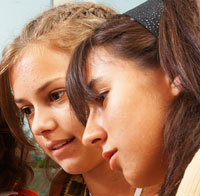 also stirs emotion in my heart for more personal reasons.
also stirs emotion in my heart for more personal reasons.
First, the study: Researchers found that only a third of teen girls ages 13 to 17 in the six states surveyed received the vaccine against the human papillomavirus, or HPV. While in adolescence HPV is thought of primarily as a sexually transmitted disease, in older women it becomes a factor in most cases of cervical cancer, which was diagnosed in 11,000 American women last year and will eventually be fatal to 4,000 of them.
The vaccine Gardasil protects against four strains of the virus, two of which show up in about 70 percent of cervical cancer cases. So it’s not a magic bullet against cancer, but it helps. Anyway, teen girls are probably not particularly worried about cervical cancer, but they should be worried about HPV, because according to the Mayo Clinic, young people may be more susceptible to the virus than older adults. Both young women and young men can get and pass on HPV – and the vaccine is available to both – but the telltale sign of infection, genital warts, is often not present or is undetected in males.
When the vaccine became available a few years ago, there was quite a bit of discussion about whether it would promote unsafe sex among teens. Because it can be administered to children as young as 9, and is typically recommended as part of the standard vaccinations given at 11 or 12, some parents felt their daughters didn’t need protection against a sexually transmitted disease at that point in life. The vaccine can be given up to age 26 in women and age 18 in men.
Without making you cover your eyes and shout “TMI!” at the computer screen, I want to point out that what the Mayo Clinic says about risk factors is indeed true, that some people – like me – are simply more prone to being infected by any number of HPV’s 100+ strains. I’ve battled warts since grade school; in fact, as I type this, I’m wearing bandages on my hands to cover up a recent treatment there for common warts. I was infected with a genital strain of HPV most unromantically … via a toilet seat thanks to a college roommate who was, um, let’s just say very gregarious. That puts me among the 20 million Americans infected with one of the genital strains. (Although you can get rid of the warts, you can’t wipe out the virus from your body once it’s in there.)
I know what I would recommend about the HPV vaccine, but I’m no doctor, so instead of giving you free bogus medical advice over the Internet, I suggest that you talk to your pediatrician and your daughter about whether and why she should get it.
By Amy De La Hunt, Health Blogger for SmartParenting
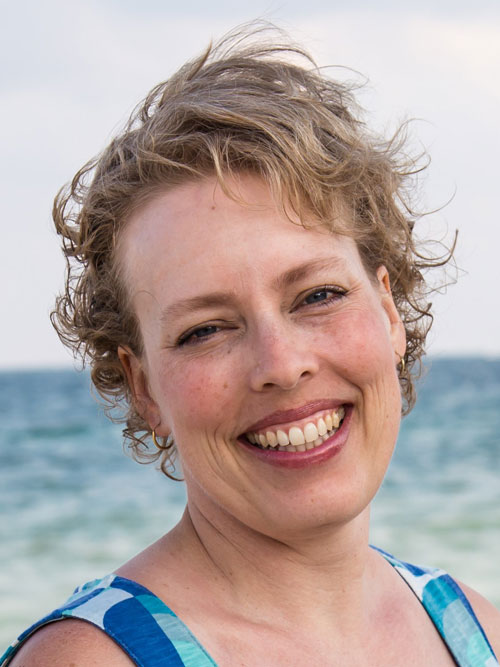
Amy De La Hunt is a journalist and editor who lives in the St. Louis metro area and works across the country as a writer, copy editor, project manager and editorial consultant on everything from fiction books to monthly magazines to blog posts. When she's not chauffeuring her teenage sons to activities, Amy is an enthusiastic amateur cook, landscaper, Latin dancer and traveler. Follow Amy on Instagram @amy_in_words


